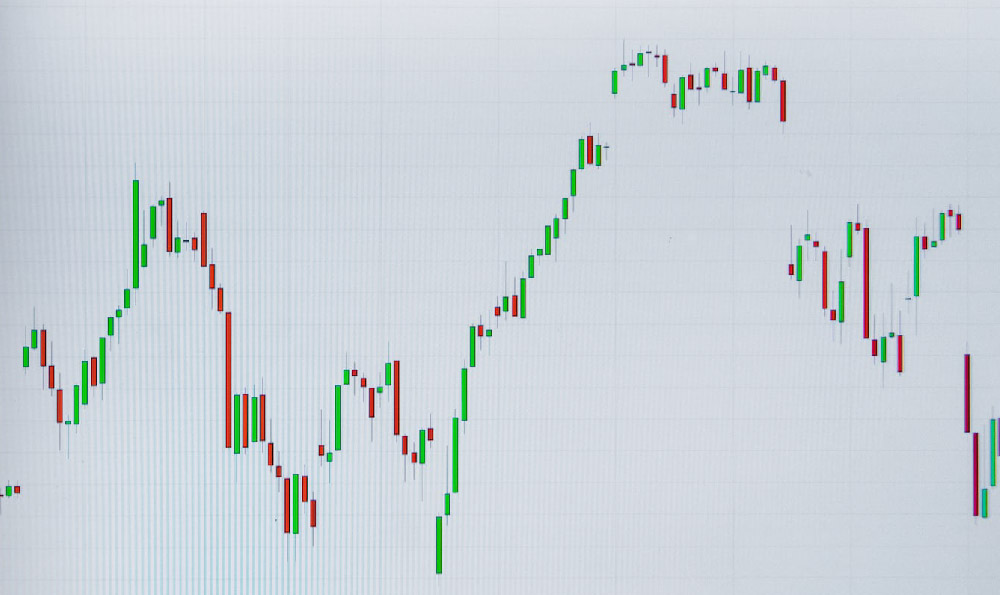The question of how much tax revenue the government collects is multifaceted, requiring an understanding of economic structures, policy frameworks, and the intricate mechanisms that govern fiscal systems. Taxation serves as the cornerstone of public finance, providing the necessary funds for infrastructure development, social welfare programs, national defense, and other public goods that cannot be efficiently supplied by the private sector. However, the scale and composition of tax revenue vary widely across countries, influenced by factors such as economic development levels, political ideologies, and the proportion of the population living in poverty. In some nations, tax revenue constitutes a significant portion of total government income, while in others, it remains a smaller component, often supplemented by non-tax sources like state-owned enterprise profits, fees, or customs duties. The magnitude of these figures is further complicated by the fact that tax systems are dynamic, evolving in response to economic shifts, policy reforms, and technological advancements. To fully grasp the implications of government taxation, it is essential to dissect the different types of taxes, their impact on both individuals and businesses, and the broader economic landscape.
At its core, tax revenue is derived from two primary categories: direct taxes and indirect taxes. Direct taxes are levied on income, wealth, or property, and they are typically paid directly by the taxpayer to the government. Examples include income tax, corporate tax, and property tax. Indirect taxes, on the other hand, are imposed on goods and services and are collected by intermediaries, such as businesses, from consumers. Common forms of indirect taxes include value-added tax (VAT), sales tax, and excise duties. These classifications help illustrate the complexity of tax systems, as the burden of indirect taxes often gets passed on to end consumers, thereby influencing spending behaviors and market dynamics. The interplay between these two types of taxes determines the overall revenue structure, with developed economies typically relying more on direct taxes to fund public services, whereas developing economies may depend heavily on indirect taxes to generate income due to less robust administrative systems.
The exact amount of tax revenue collected by governments can fluctuate based on economic conditions, such as inflation, employment rates, and corporate profitability. For instance, during periods of economic growth, tax revenues tend to rise as incomes and business activities expand. Conversely, in times of recession, tax collections may decrease as individuals and companies reduce their spending. This relationship is encapsulated in Okun's law, which suggests that economic performance has a direct correlation with government revenue. Moreover, the implementation of tax policies can significantly affect the volume of tax revenue. A change in tax rates, such as reducing income tax to stimulate economic growth, may initially lead to a decrease in government income but could ultimately result in long-term gains through increased economic activity. The decision-making process behind such policies involves balancing the immediate fiscal impact with the potential for sustainable economic expansion.

Tax revenue also plays a critical role in shaping the welfare state and public services. In countries with high tax-to-GDP ratios, such as Nordic nations, the government can allocate substantial resources to healthcare, education, and social security, creating a robust safety net for citizens. Conversely, in countries with low tax-to-GDP ratios, such as many in the Middle East or certain U.S. states, governments often have limited capacity to fund public services, relying instead on other revenue streams or international aid. The allocation of tax revenue is further influenced by the priorities of each government, with some focusing on reducing public debt, others on expanding social programs, and still others on investing in technological innovation. The efficiency of tax collection systems is paramount in ensuring that revenue is maximized and misallocated minimized, with countries like Singapore and Germany demonstrating high compliance rates through effective regulatory frameworks and public trust in government institutions.
In addition to its direct role in funding public services, tax revenue has indirect effects on the economy, influencing both consumption and investment behaviors. Progressive tax systems, where higher income brackets are taxed at higher rates, can promote income equality by redistributing wealth to lower-income groups. This, in turn, may stimulate consumer demand and support economic growth. Conversely, regressive tax systems, which place a heavier burden on lower-income individuals, can exacerbate income inequality and potentially hinder economic activity. The global shift toward more progressive taxation in recent decades reflects a growing recognition of the need to address wealth disparities and ensure fiscal fairness. Furthermore, corporate taxation can affect the profitability of businesses, with high corporate tax rates potentially discouraging investment and innovation, while lower rates may incentivize economic expansion. The optimal balance between taxation and economic growth remains a subject of debate among policymakers and economists.
The complexity of tax systems is further compounded by the existence of hidden taxes and the role of international trade. Hidden taxes, such as indirect taxes embedded in product prices or the social cost of certain goods like tobacco and alcohol, can significantly impact consumer behavior and government revenue. The rise of digital services and the globalization of markets have also introduced challenges in tax collection, as multinational corporations can exploit loopholes to minimize their tax liabilities. This has led to calls for a more coordinated international approach to taxation, with initiatives like the OECD's Base Erosion and Profit Shifting (BEPS) project aimed at addressing these issues. The ability of governments to adapt to these changing dynamics is crucial in maintaining the integrity of their tax systems and ensuring the sustainability of their public services.
Ultimately, the volume and structure of tax revenue reflect a nation's economic priorities, political choices, and the effectiveness of its fiscal policies. While tax collection is a necessary mechanism for funding public goods, it must be balanced with the need to stimulate economic growth and maintain public support. The evolution of tax systems continues to be shaped by technological advancements, global economic trends, and the quest for fiscal efficiency and equity. Understanding these dynamics provides insight into the broader implications of taxation, offering a framework for evaluating the role of government in economic development and social welfare.












